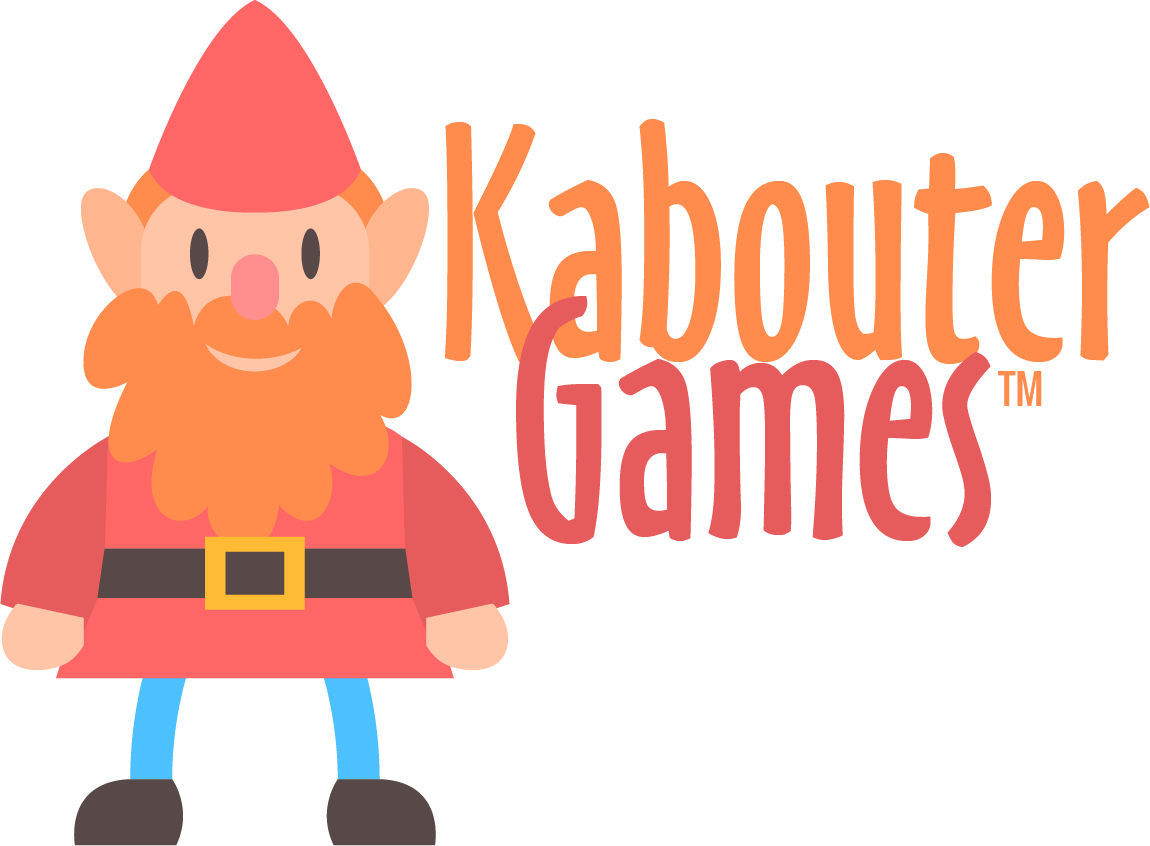OSR Encounter Design
The recent OGL panic has seen a ton of players abandon Fifth Edition and try other games. Many of those games are from the Old School Renaissance, or OSR. The trouble is those games look like D&D and use the same dice as D&D, but they’re not at all like Fifth Edition, no sirree. That can come as a rude shock to new players and especially new GMs.

OSR games are notorious for providing precious little guidance on how to create combat encounters. This confuses players coming from newer games like Fifth Edition. The key to understanding OSR encounter design is to embrace that Old School games have a completely different philosophy to character (and story) advancement than games like 5e, or even 3.x games like Pathfinder.
For clarity’s sake, I define “encounter balance” as a combat encounter in which the PCs have an even chance (50/50%) of killing the monster(s).
Philosophy
“XP for gold” and other advancement systems that don’t rely on winning a fight obviate the need for combat encounter balance. Why risk it? If you get the same XP whether or not you slay the dragon, just trick the dumb thing into flying off toward Lake-town while you scoot with the loot! From another angle, the unfolding story takes precedence: if the story means the 2nd-level thief has to meet the ancient red dragon, that’s what it needs, and to hell with encounter balance!
Now, that turns the whole concept of encounter balance on its head. It gives the right of defining what constitutes an acceptable/winnable combat encounter to the players, not the GM. When players who expect every encounter to be balanced abandon that expectation they often find they’ve taken the biggest, most important step they take toward understanding the OSR playstyle. At the same time, it becomes their first big leap toward embracing player skill over character skill, where their own internal skills and experience are just as if not more important at the table than what’s on the character sheet.
If you’re playing an OSR game like Basic Fantasy, or even an OSR-adjacent game like our Spears & Spells, it’s important to establish this philosophy in clear, unmistakable language during Session Zero. After all, Session Zero is where everyone defines their expectations from the forthcoming game!
If you do that, you’ve removed the need to balance encounters. Congrats!
But maybe during Session Zero — or later, after a few sessions in which too many PCs died — your players decide that they can’t quite abandon the balanced-encounter playstyle. What do you do? How do you design balanced combat encounters?
Ask the question on OSR internet fora, and you’re likely to get snarked at. That sucks. If you’re here because you got snarked at, I’m so sorry. I apologize on behalf of non-shithead OSR fans around the globe.
In the vast majority of OSR games as written, encounter design is much more art than science. Most veteran OSR GMs can design encounters by feel — “Yeah, 10 goblins for 5 2nd-level PCs ought to be survivable” — because they’ve played the game for decades and have shelves full of well-designed adventure content. They’ve internalized an unspoken formula. Most of them can’t articulate that formula beyond “I know it when I see it”, but they use it regularly.
A Practical Solution
It might not be the best method, but here’s my rule of thumb. (I like to think I can articulate the art, thanksverymuch.) Maybe it’s because I’ve been designing for Fifth Edition since its release, as well as playing modern (non-OSR) games with better rules for encounter balancing. Might be all those years playing and loving Fourth Edition (don’t judge me!), which had super effective rules for encounter balancing.
Anyway, here’s the rough-and-ready rule:
For a fight with even odds of the PCs winning, the party’s total hit dice should match the monsters’ total hit dice.
For example, if you have five 3rd-level characters, you have 15 monster Hit Dice in your encounter “budget”. That might mean 15 mooks with 1 HD each, 5 thugs with 3 HD, or a more diverse mix.
That’s it. That’s the whole damn thing. 1 for 1 hit dice comparison.
There are a couple of caveats. (You didn’t expect it to be that easy, did you?)
Caveat 1. Don’t go much more than 2-4 HD above your party’s average level. A 5 HD monster, even solo, will wipe its ass with a 1st-level party of 5. But a 2 HD monster with 3-4 1 HD mooks, or a 1 HD leader with a whole pile of <1 HD mooks, is an excellent challenge for a 1st-level party. A good spread of foes with different powers and abilities is lots of fun for your players.
Caveat 2. Remember — and this is super important — monsters only fight once. PCs fight over and over. Throw too many fights at your PCs, even balanced fights, and they’ll die from attrition. OSR PCs don’t regain all their hit points by having a nap, you dig?
That last thing is something you simply cannot get around. If the players are expecting to have 4-5 balanced fights per adventuring day and live through the module, they are going to be bitterly disappointed (and their characters mangled into burger meat). You need to stop, revisit Session Zero, and establish firmly that they need to adjust their expectations, that you’re playing a different game than Fifth Edition.
Anyway, welcome to the wonderful world of GMing Old School adventures. Best of luck!


